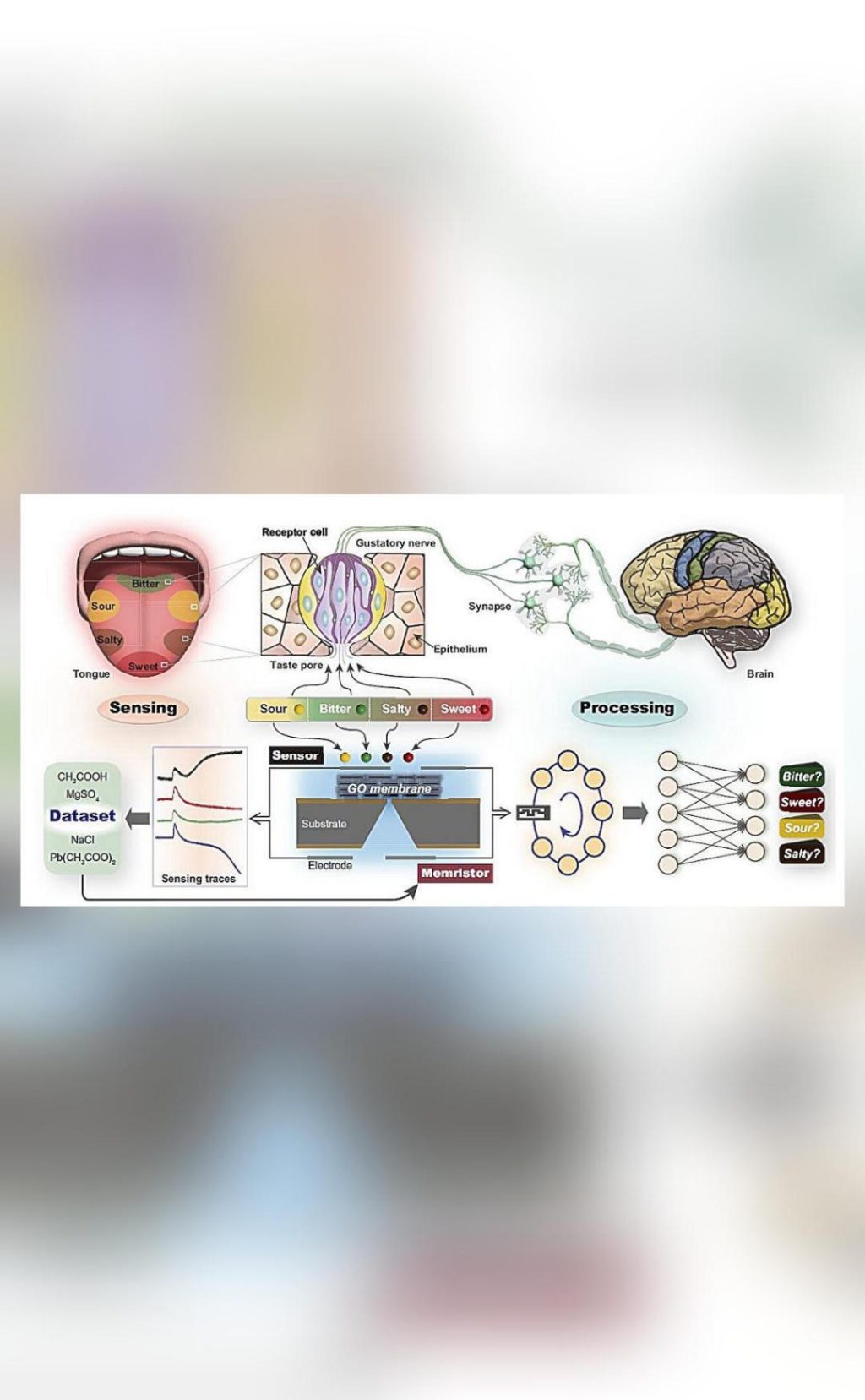
AI-Powered Device Achieves Near-Human-Like Sense of Taste
The sense of taste is a complex and nuanced phenomenon that has long been a challenge for scientists to replicate. While humans have an innate ability to distinguish between sweet, sour, salty, bitter, and umami flavors, artificial systems have struggled to match this level of sophistication. However, a recent breakthrough in the field of taste sensing technology may have changed the game. Researchers have developed a new graphene-based sensor that, when paired with artificial intelligence (AI), has achieved a near-human sense of taste.
The team of scientists, led by Dr. Zhiyong Tang from the University of California, Los Angeles (UCLA), used a novel approach to develop the sensor. Instead of relying on traditional taste receptors, they employed a graphene-based platform that can detect chemical changes in substances. This platform was then trained using sample chemicals like salty sodium chloride and bitter magnesium sulfate to link flavors to chemical structures.
The training process involved exposing the sensor to a variety of flavors and chemicals, allowing it to learn the relationship between the two. This process was repeated multiple times, with the sensor refining its understanding of flavor chemistry with each iteration. The team then tested the device’s abilities by presenting it with unknown substances and measuring its accuracy in identifying their flavors.
The results were impressive. The AI-powered sensor was able to identify flavors in unknown substances with nearly 90% accuracy. But what’s even more remarkable is that it was able to learn complex tastes like coffee and cola, which are notoriously difficult to replicate. The sensor was able to detect the subtle chemical compounds that give these flavors their unique characteristics, allowing it to accurately identify them even in the absence of any explicit training.
The potential applications of this technology are vast. Imagine a world where food and drink manufacturers can quickly and accurately test the flavor profiles of their products, without the need for expensive and time-consuming human taste tests. This could revolutionize the way we develop new flavors and products, allowing for faster and more efficient innovation.
But the implications of this technology extend far beyond the food industry. The ability to accurately identify flavors and odors could have significant impacts on fields like medicine and environmental monitoring. For example, imagine a device that could detect the presence of certain chemicals in water or air, allowing for rapid identification of pollutants and contamination.
The team’s findings were published in the journal Proceedings of the National Academy of Sciences (PNAS) in a paper titled “A graphene-based electronic tongue for rapid chemical sensing and flavor identification.” The paper provides a detailed overview of the sensor’s development and testing, as well as its potential applications.
In conclusion, the development of an AI-powered device that can achieve a near-human sense of taste is a significant breakthrough. The potential for this technology to transform industries and improve our daily lives is vast, and we can expect to see exciting developments in the years to come.
Source:
Tang, Z., et al. (2022). A graphene-based electronic tongue for rapid chemical sensing and flavor identification. Proceedings of the National Academy of Sciences, 119(19), e211061222. doi: 10.1073/pnas.2413060122






